Fokker Dr. I, Revell 1/72
From Author:
The model of Fokker Dr. I was made by me in 2017. The kit was manufactured by Revell in 2003. If you got Fokker Dr.I for the first time, you instantly want to make it in red to commemorate Manfred von Richthofen (so did I). In this project, I gained some knowledge about rigging (first attempt in my life). I also used for the first-time technique of make scratches (at upper wing).
Technical Data:
Wingspan (top wing): 7.19m (23ft 7in.)
Length: 5.77m (18ft 11in.)
Height: 2.95m (9ft 8in.)
Max speed of about 164km/h (102mph) at 3,962m (13,000ft.)
Armament: two fixed 7.92mm Spandau machine guns.
The Fokker Dr.I Triplane was developed as a rapid response to two allied fighters which were gaining air superiority over German fighters by 1917; these were the Nieuport Scout and, more importantly, the exceptionally maneuverable Sopwith Triplane. The German Air Ministry (Flugzeugmeisterei) asked several manufacturers to copy these two types; Anthony Fokker visited Richthofen and his Jasta 11 and also saw the Sopwiths in action. He returned to the Schwerin works and told his chief designer, Reinhold Platz, to design a single seat triplane fighter, to be powered by the readily available Le Rh“ne rotary engine. Fokker also had control of the engine manufacturer Oberursel, which was producing copies of the Le Rh“ne engine; Platz had little knowledge of the Sopwith and his own design was completely original.
Two of the four prototypes were delivered to von Richthofen's Jagdgeschwader I at Courtrai in August 1917 and both were successfully flown in combat. 320 copies of Dr.Is were ordered, with the first deliveries to Jagdgeschwader I in mid-October 1917. Soon afterward, there were some catastrophic structural failures, mainly of the upper wings, which caused fatalities; von Richthofen ordered investigations, which found that poor workmanship and lack of inspection during manufacture were to blame. These problems were cured and the Dr.I became the type favored by many leading pilots; it went on to achieve an impressive combat record for the remaining months of the WWI.
Manfred von Richthofen and his ‘Flying Circus' will forever be associated with his bright red Triplanes, and especially No. 425/17, the aircraft in which he lost his life on 21 April 1918; by this time he had achieved 80 victories. Controversy still surrounds the source of the fatal bullet which ended his life as he crash-landed his stricken Dr.I.
Triplane was also flown by Manfred's brother, Leutnant Lothar von Richthofen; Lothar was badly injured in this machine when he was shot down on 13 March 1918, while commanding Jasta 11. By the end of 1917 the Dr.I was also being outclassed and even before his death, Manfred von Richthofen and others were eagerly awaiting the new Fokker D.VII. Usually powered by the 110 h.p. Le Rhône or similar 110 h.p. Oberursel UR.II rotary engine.

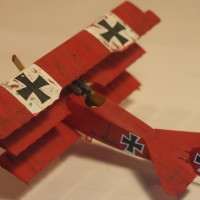

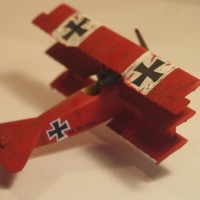
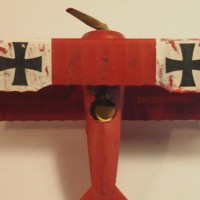
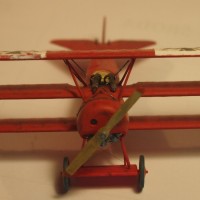
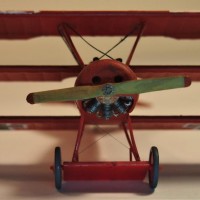
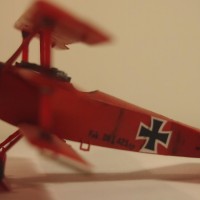
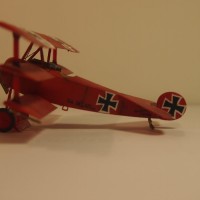
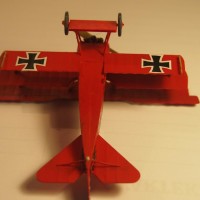
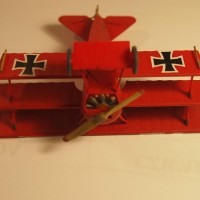
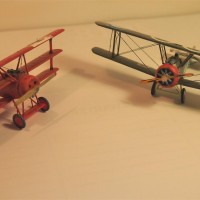

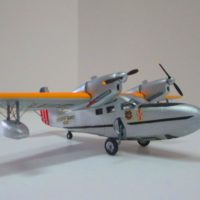
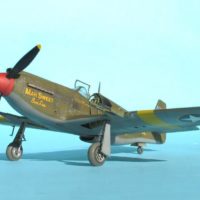

Nice background info and looks great too.
Great little build and history!
Smashing !
Lovely little build - that must have been awfully fiddly!